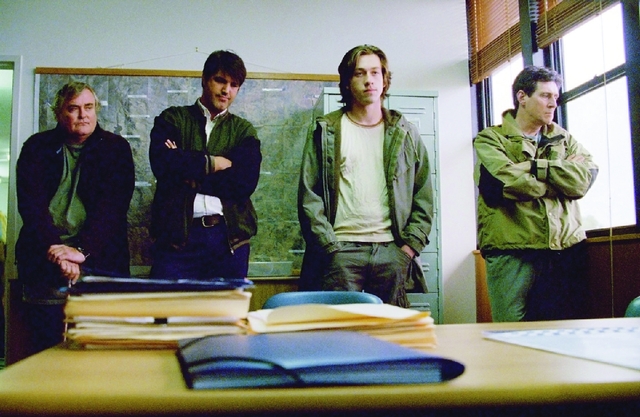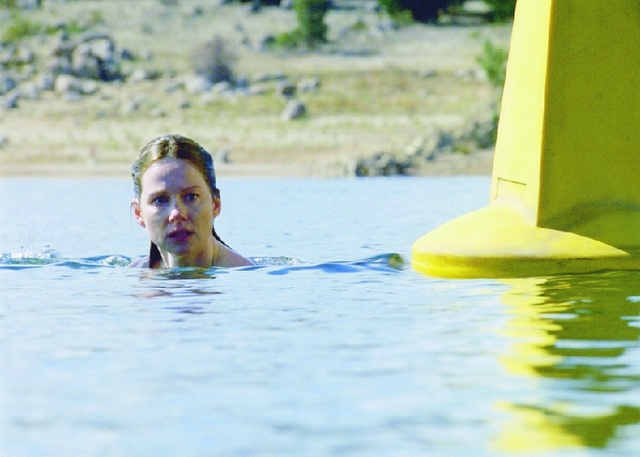Jindabyne
Aussie Drama Contemplates Topics Of Love And Death (Mostly Death)


“That better not be the Jaws music I hear.”
Latest Article|September 3, 2020|Free
::Making Grown Men Cry Since 1992


“That better not be the Jaws music I hear.”